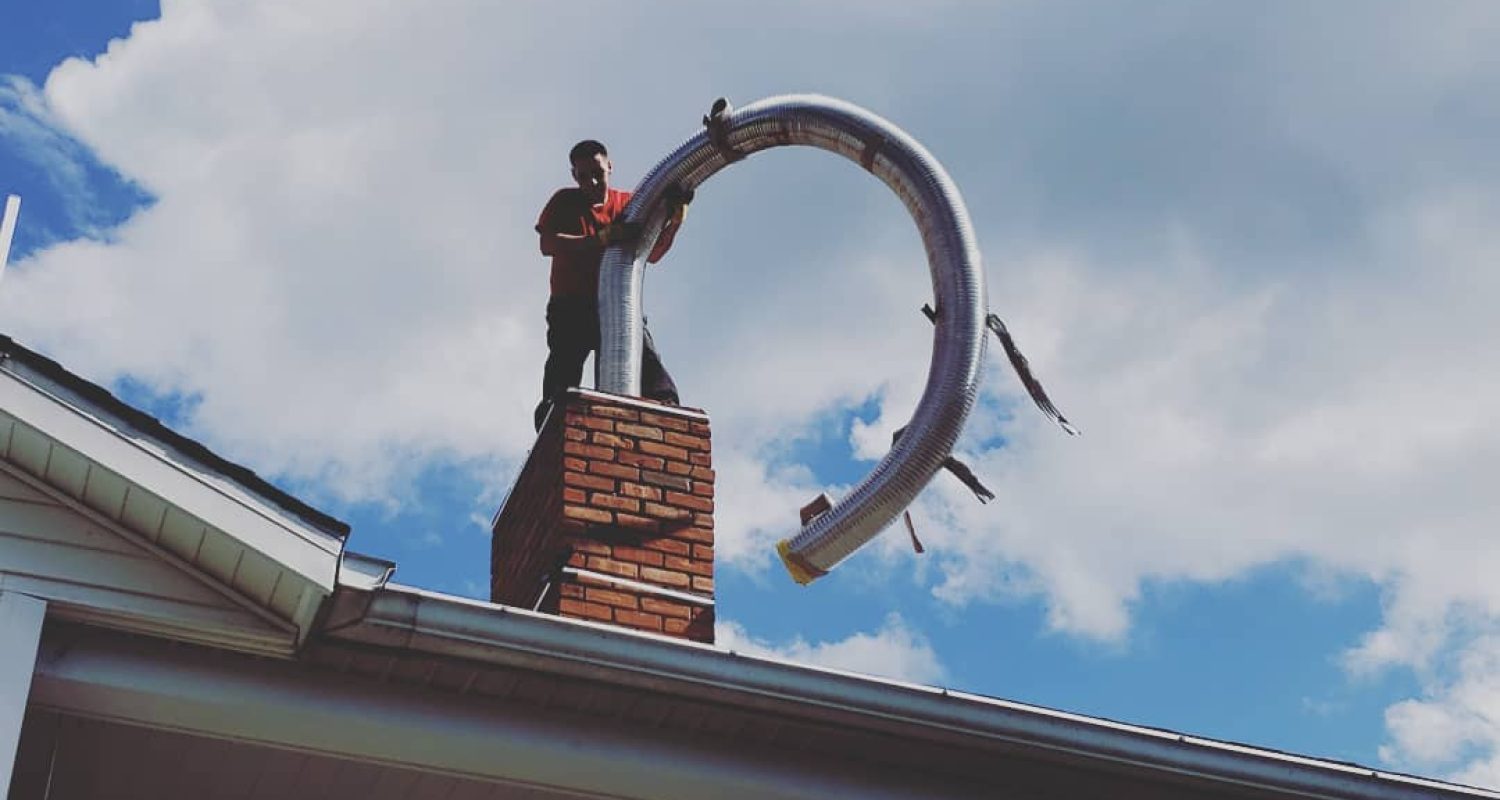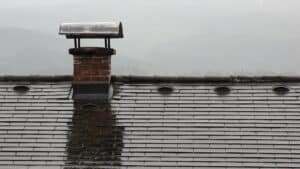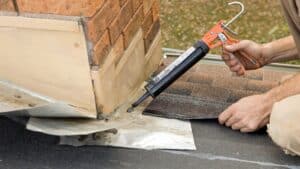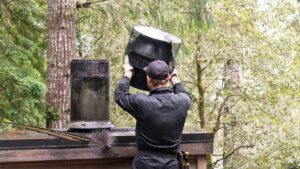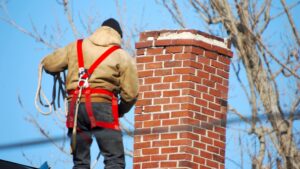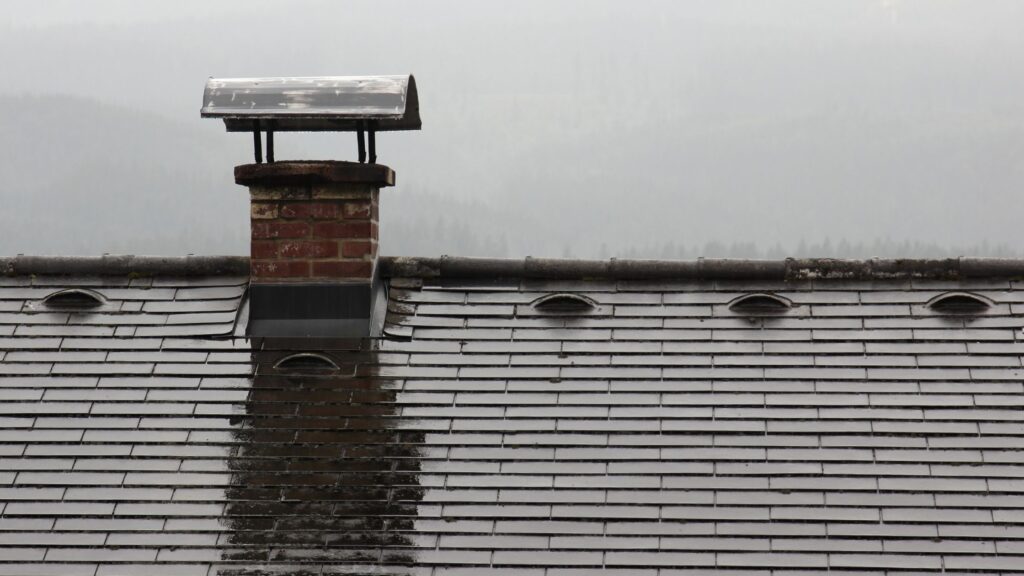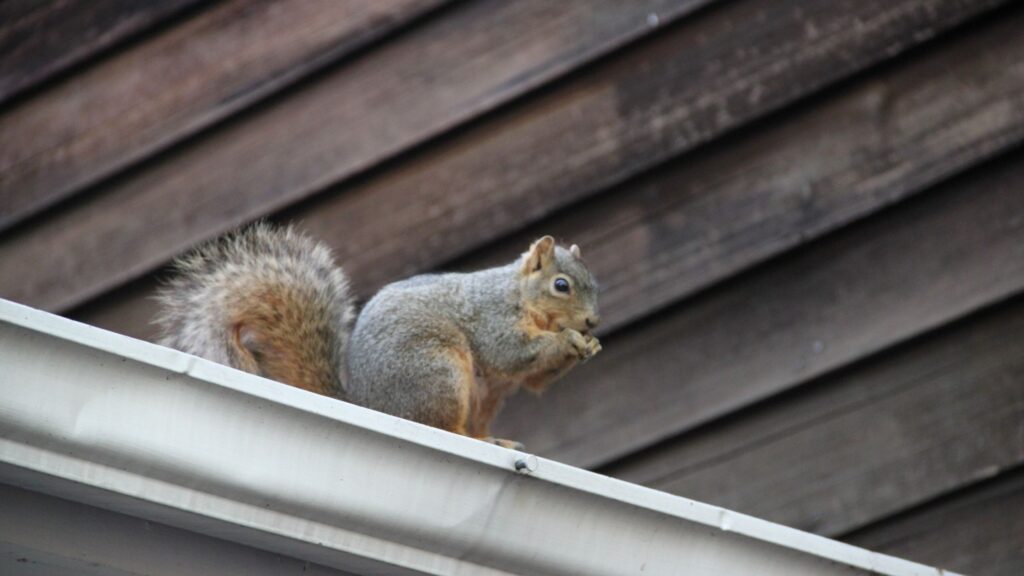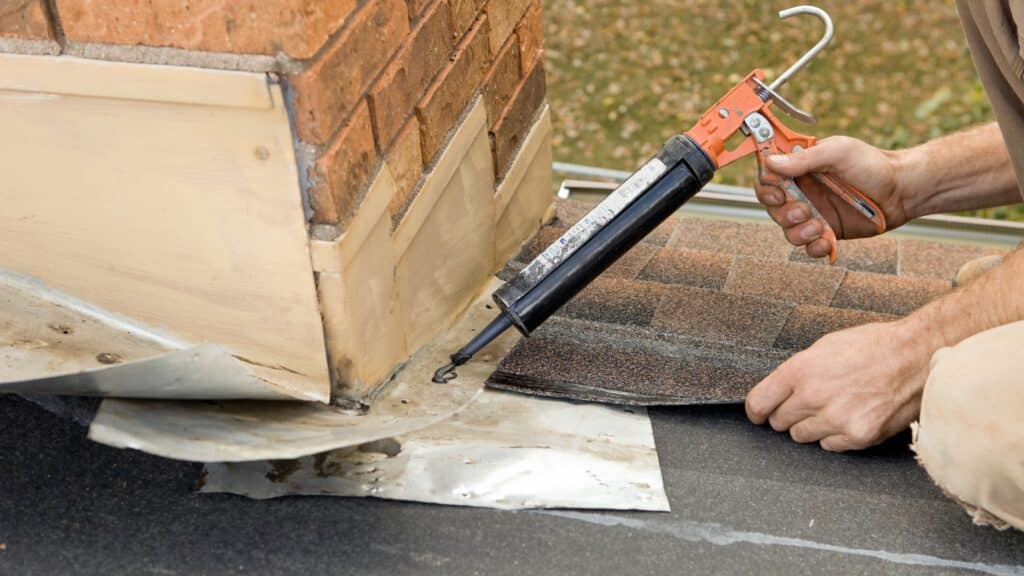Chimney Sweeping: Keeping Your Hearth Safe and Cozy
Imagine a warm, cozy evening by the fireplace—the gentle crackling of wood burning as you sip your favorite drink. The ambiance is perfect, but hidden within could be a risk: a dirty chimney liner. In the U.S., where fireplaces are beloved for tradition and comfort, knowing when to sweep your chimney liner is crucial. This article will guide you through essential chimney maintenance, ensuring your hearth remains a place of warmth and safety.
Understanding the Importance of Chimney Sweeping
Chimney sweeping may seem like an old-fashioned task, but its relevance endures today. A clean chimney liner acts as a lifeline, safely venting harmful gases and reducing the risk of fires. Think of it as an unsung hero, working tirelessly to protect your home and loved ones.
Signs Your Chimney Liner Needs Sweeping
- Strong Odor: A pungent smell from your fireplace suggests a buildup of creosote.
- Smoke Backs Up: If smoke enters your living area, there may be a blockage.
- Soot Deposits: Excessive soot in the firebox signals a need for cleaning.
How Often Should You Sweep?
The National Fire Protection Association (NFPA) recommends annual chimney inspections and cleanings as needed. Usage frequency and wood type can affect this; for instance, frequent use or burning softer woods may require more frequent cleanings. For a safe, efficient chimney, schedule regular maintenance.
Benefits of Regular Chimney Sweeping
- Enhanced Efficiency: A clean chimney improves airflow, maximizing heat output.
- Fire Prevention: Removing creosote buildup lowers fire risk significantly.
- Health Protection: Clear airways prevent harmful gases from entering your home.
Professional Chimney Sweeping vs. DIY
While DIY may be tempting, professional chimney sweeping provides a thorough clean and inspection that a non-expert might miss. Our team at True Ventilation has the experience to spot hidden issues, keeping your home safe. Trusting professionals ensures your chimney is ready for safe, reliable use.
Key Takeaways
- Annual inspections are essential for chimney health.
- Signs like strong odors and smoke backup indicate a cleaning is needed.
- Professional sweeps provide expertise and peace of mind.
Frequently Asked Questions
Q: Can I sweep my chimney liner myself?
A: While it’s possible, hiring a professional ensures a thorough cleaning and safety checks.
Q: What types of wood create more creosote?
A: Softer woods, like pine, tend to produce more creosote than hardwoods.
Conclusion
Your fireplace is more than just a feature—it’s a source of warmth and memories. Regularly sweeping your chimney liner keeps those moments safe. Embrace this responsibility, and let your hearth be a beacon of comfort in your home.
For expert assistance and peace of mind, contact True Ventilation today. We’re here to help keep your fireplace safe, efficient, and ready for cozy nights.



